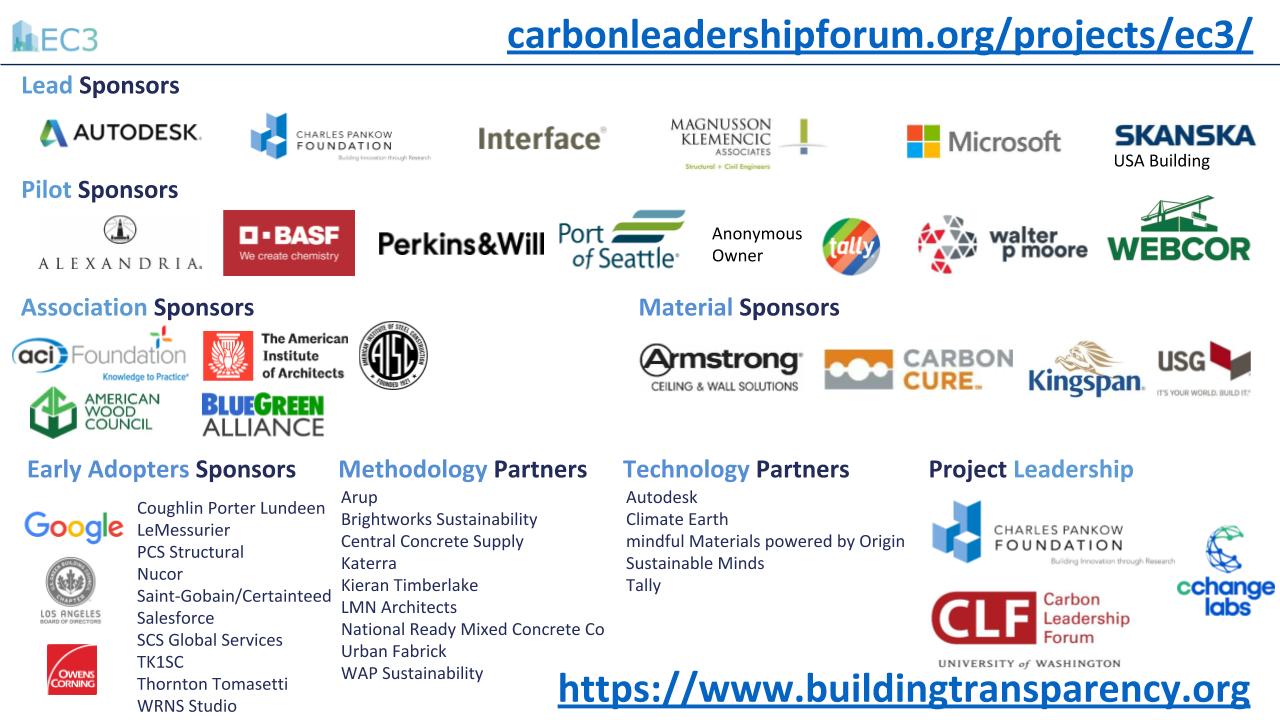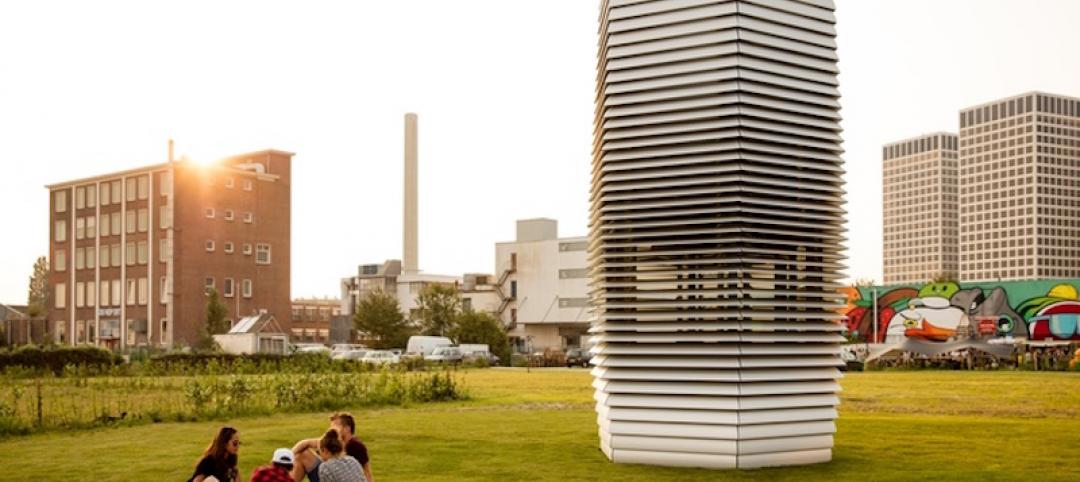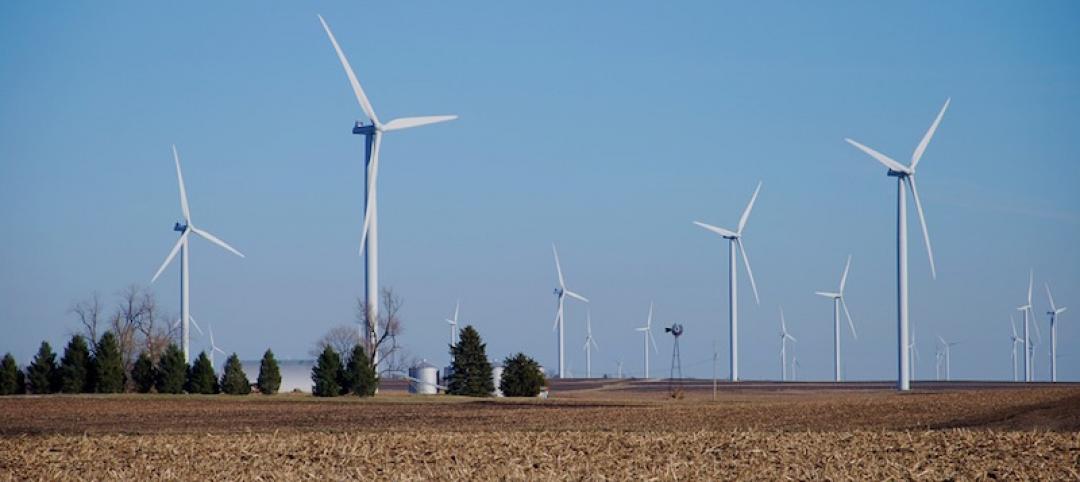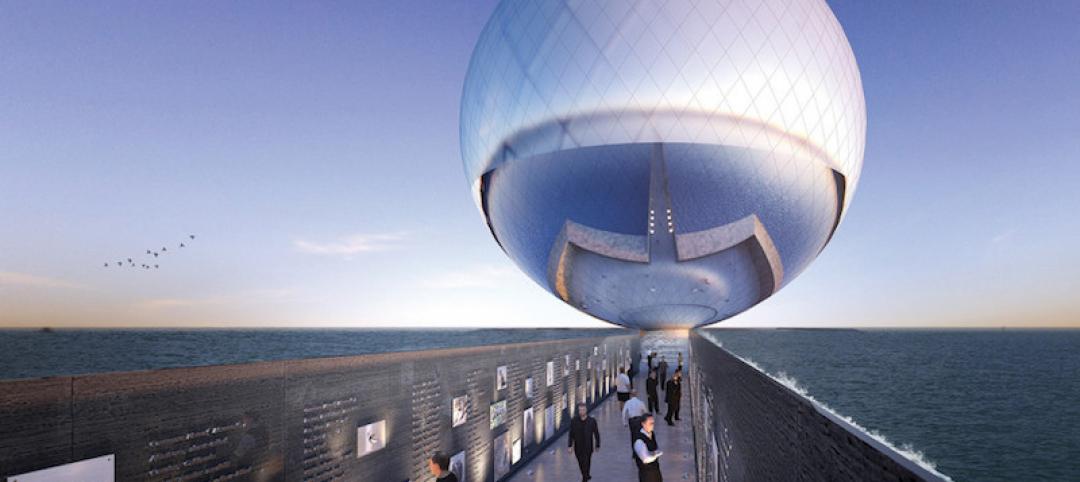Fifty years ago, we were a divided country, but we also went to the moon by agreeing to work together on a common goal. That challenge required stepping out of our competitive silo’s and focusing on something that couldn’t be solved by any one entity alone. It also involved starting down a path before we had all of the answers in order to meet the goals. We did, however, know a direction we wanted to go in and we had a collective motivation to act.
What is our next moon shot? When looking at the “win at all cost” mentalities of our current politics, it is no doubt discouraging to people on all sides. We do, however, face daunting challenges today, and we could use more collective efforts where we chose to work together for a common cause. One of these next moonshot challenges is how we, members of the building community, respond to climate change.
Time is not our friend on this one. If we are to have success, we need to quickly move out of our individual silos and engage the collective of the building community: owners, architects, engineers, contractors, and material suppliers. If we can find common causes where we can work together, we can set forth thoughtful ideas, and scale their speed of adoption.
A recent example of how this can happen in the AEC industry is the development of the Embodied Carbon in Construction Calculator (EC3). Nearly 50 industry partners came together to develop and deploy this groundbreaking cloud-based tool. It is free and open access. It helps building teams evaluate a project’s overall embodied carbon emissions during design and procurement decision making, making it easier to compare like materials, and enabling the specification and procurement of the lower carbon material options.
The tool and its subsequent impact on the industry is driving a growing demand for lower-carbon building solutions and incentivizing manufacturers and suppliers to invest in disclosure, transparency, and material innovations that reduce the carbon emissions of their products. (To understand how to integrate EC3 into a project’s workflow, check out the EC3 AEC industry primer.)
There are many partners that have helped bring the EC3 tool into existence, including Skanska and C Change Lab’s origin of the idea. For our part, the MKA Foundation as the lead funder to date, in coordination with the Charles Pankow Foundation, as both a funder and the collective grant manager, supported the Carbon Leadership Forum for the tool’s development.
Embodied Carbon in Construction Calculator (EC3) Partners

CLICK HERE TO ENLARGE
One key to this effort’s success was the approach advocated by the Charles Pankow Foundation and the Carbon Leadership Forum, encouraging a culture focused on collective impact and collaborative actions--where self interests routinely are set aside so diverse groups of leaders can engage, challenge conventional wisdom, and reshape the conversation.
This approach led to peers and competitors alike being able to engage in a common space, including for the structural community, the American Institute of Steel Construction (AISC), the American Concrete Institute (ACI), and the American Wood Council (AWC), each providing funding and technical input. Getting these three main material-focused organizations to agree to work on a common effort that was bigger than any one of them has been a major collective action accomplishment.
The model deployed by this project raises the bar for how the design and construction industries can come together to work on collective initiatives that are in all our interest. Through collective action, it is already paving a way to address the carbon reduction goals for our industry.
We hope that this project will inspire our industry to do more of the same. If you have an idea worthy of a collective action initiative, we invite you to engage this same model and seek out partners that are willing to invest and engage with you to bring your idea forward. When we choose to work together, many things are possible. Even ideas as ludicrous as going to the moon.
Related Stories
Green | Oct 27, 2016
Applying modern energy codes to building envelope retrofits [AIA course]
When applying current energy codes to existing buildings, a number of issues arise, particularly where the building exterior is concerned, writes Hoffmann Architects' Bradley Carmichael. This AIA CES Discovery course is worth 1.0 AIA CES HSW learning unit.
Green | Oct 12, 2016
Acting as a giant air purifier, this tower could help solve China’s pollution problem
The 23-ft tall tower operates almost entirely on wind energy.
Codes and Standards | Oct 10, 2016
New sustainable landscape development and management credential launched
GBCI offered the first testing opportunity Oct. 3 at Greenbuild
Codes and Standards | Oct 6, 2016
Obama administration will spend $80 million for smart cities initiatives
The technology is targeted for climate, transportation, resiliency.
Lighting | Oct 6, 2016
Healthcare systems lighting their way to savings
There has been a rapid improvement and availability of LED products as primary light sources in most healthcare facility applications.
Green | Oct 6, 2016
AIA Report: Mixed results in design projects meeting 2030 Commitment targets
More buildings are meeting certain goals, but energy intensity reduction results have flat lined
Green | Oct 6, 2016
GBCI announces arc, a new technology organization to measure and compare green building performance
Arc is a platform that will allow any building to participate and immediately start measuring performance, make improvements, and benchmark against itself.
Green | Oct 4, 2016
The Clear Orb is one of the shortlisted projects for 2016 Land Art Generator Initiative
Designed by Heerim Architects & Planners, The Clear Orb would produce just under 600 million gallons of clean water annually.
Sustainability | Oct 4, 2016
One World Trade Center officially awarded LEED Gold certification
The skyscraper received the certification despite a setback caused by Hurricane Sandy.
Industry Research | Oct 3, 2016
Structure Tone survey shows cost is still a major barrier to building green
Climate change, resilience and wellness are also growing concerns.



![Applying modern energy codes to building envelope retrofits [AIA course] Applying modern energy codes to building envelope retrofits [AIA course]](/sites/default/files/styles/list_big/public/OPENERHoffmann9.jpg?itok=uE70VdED)












